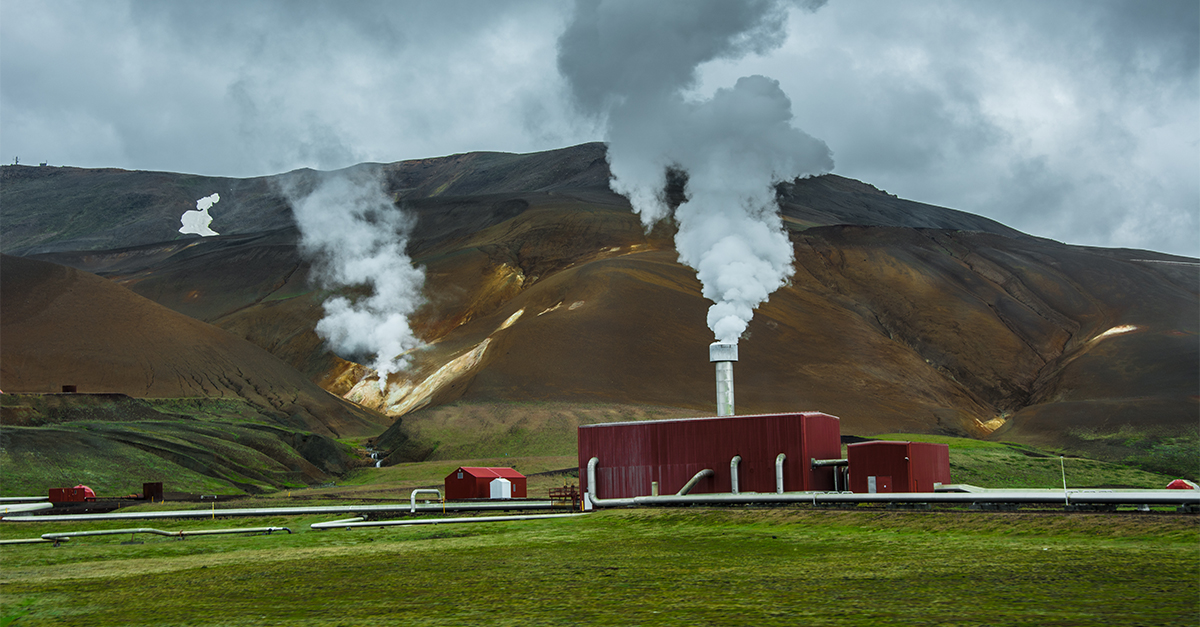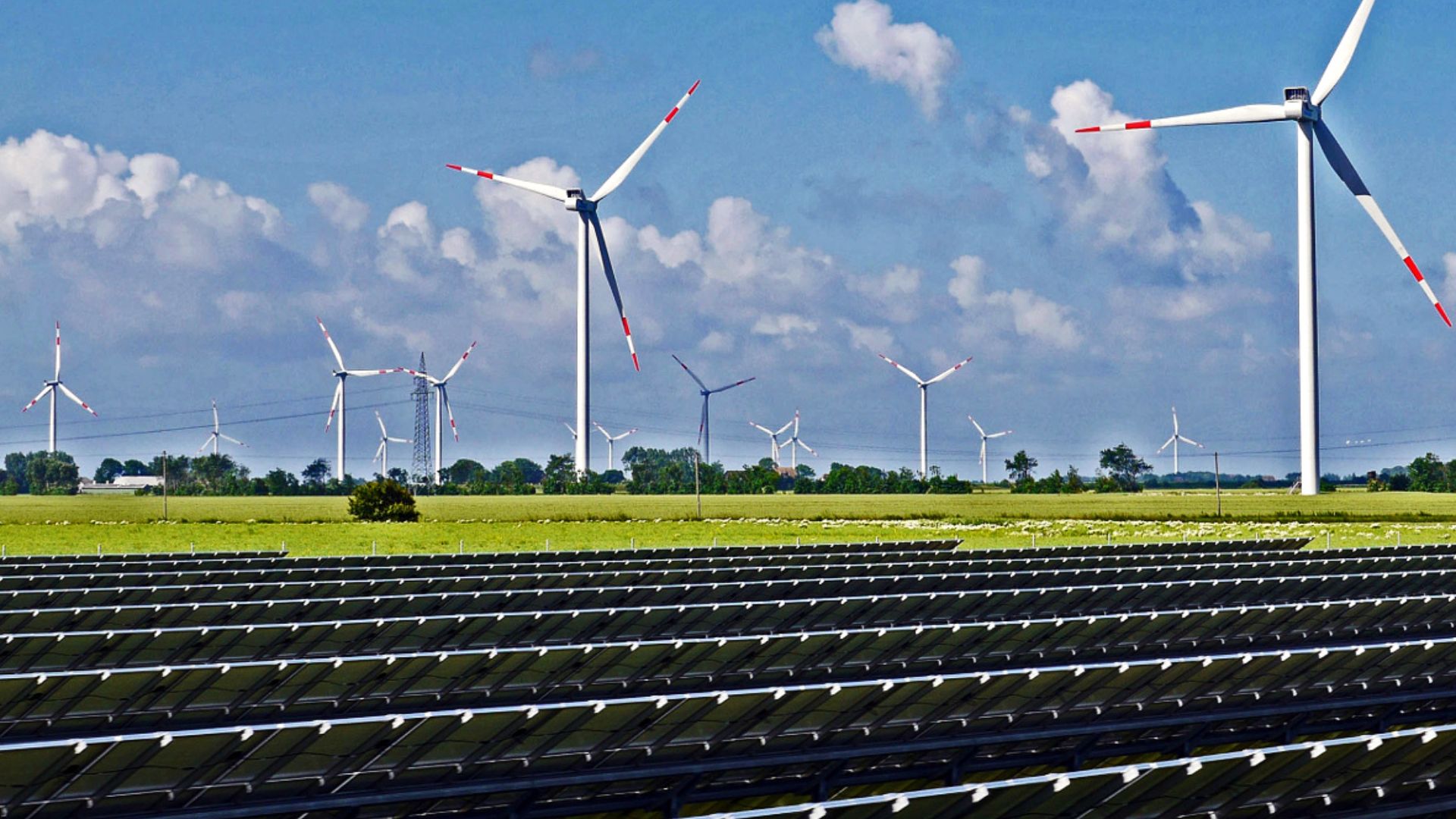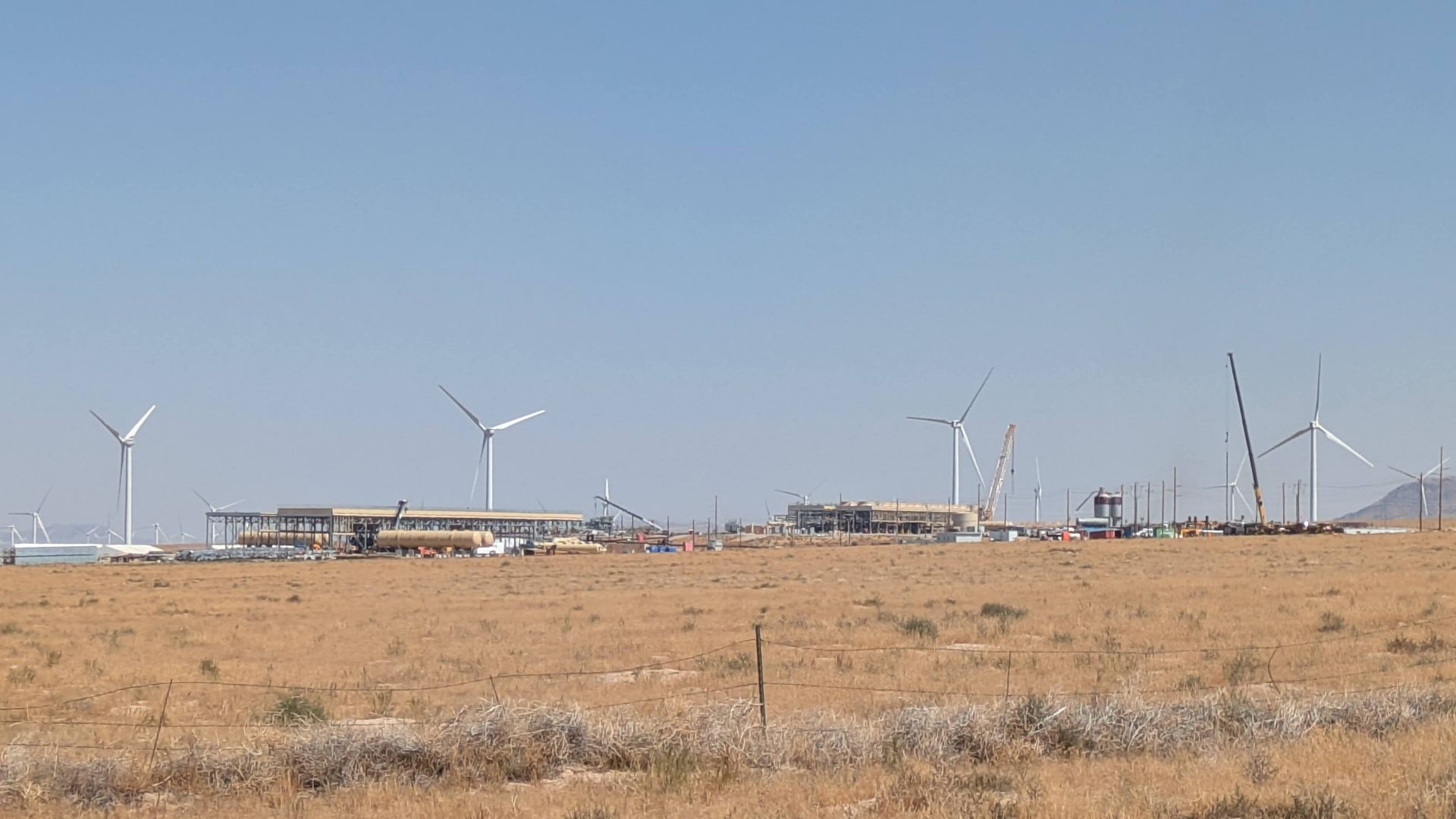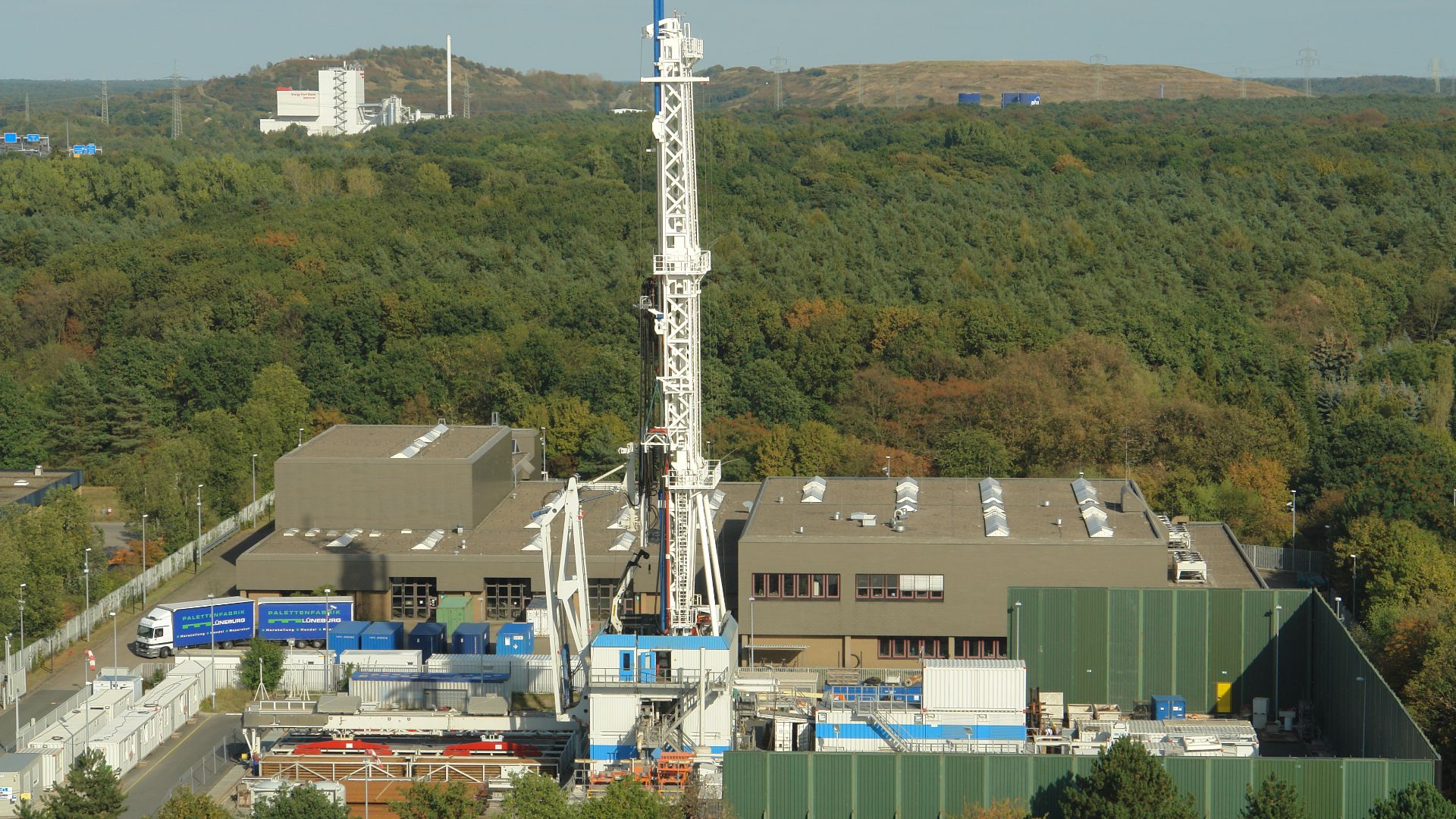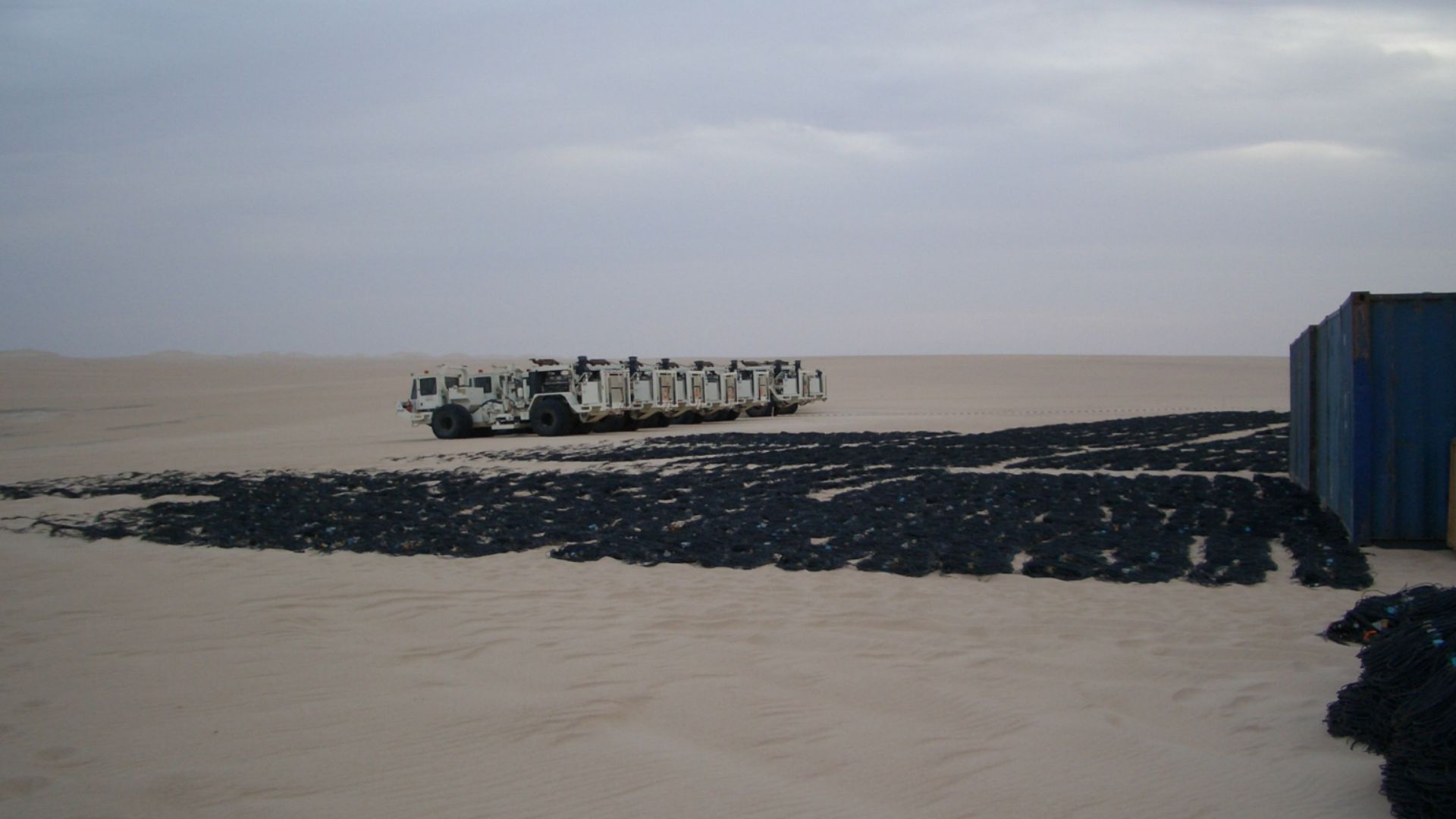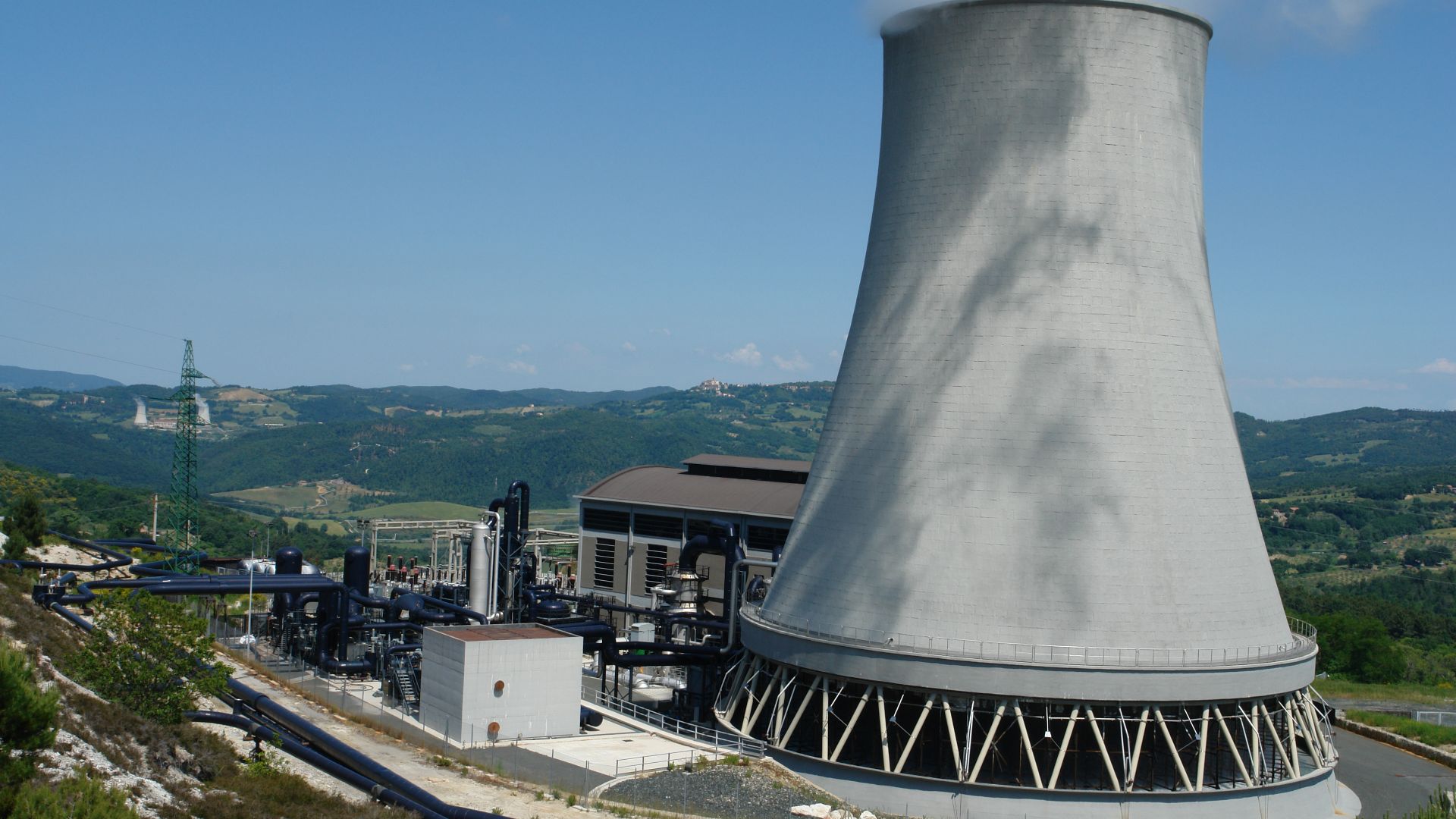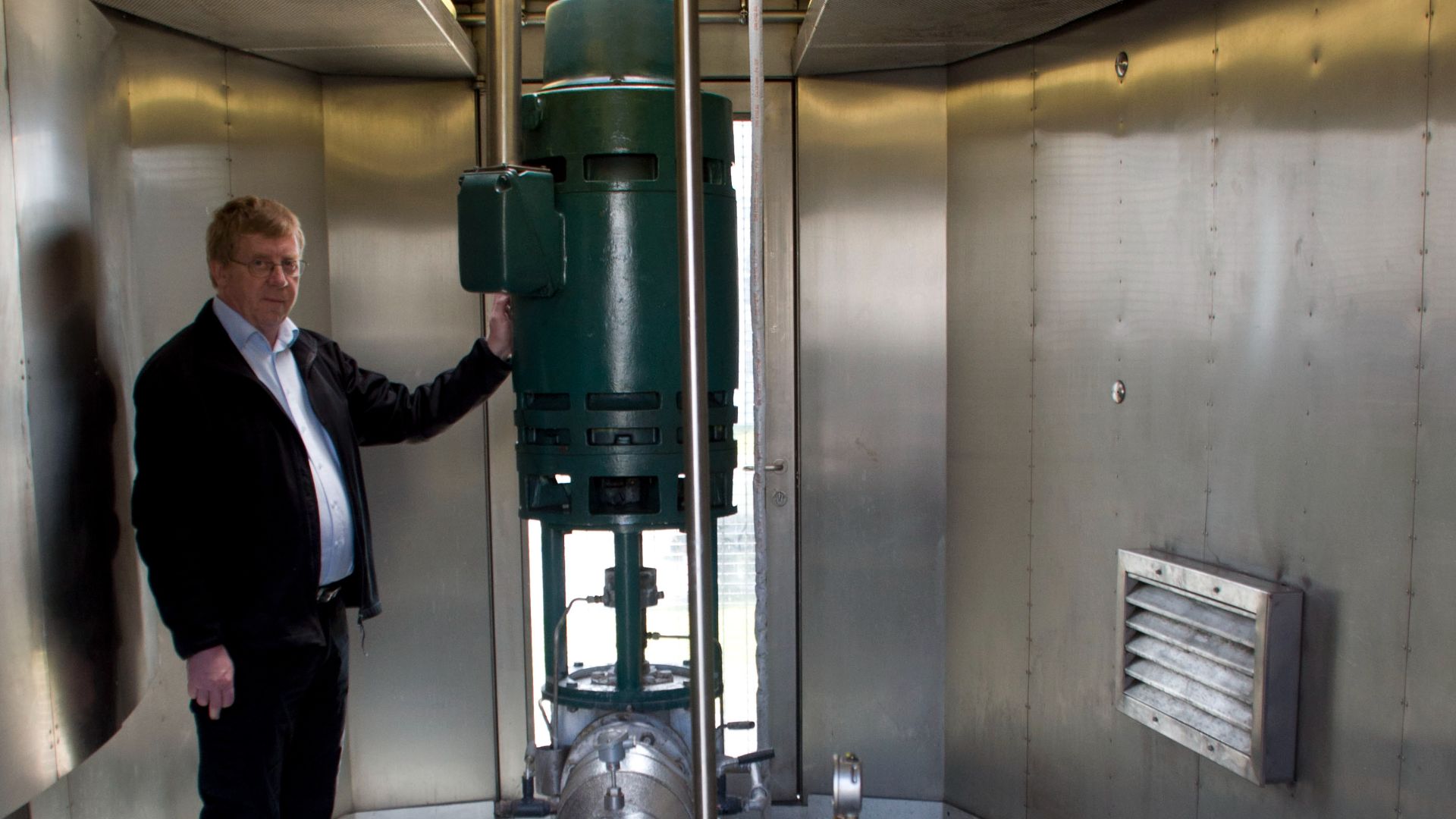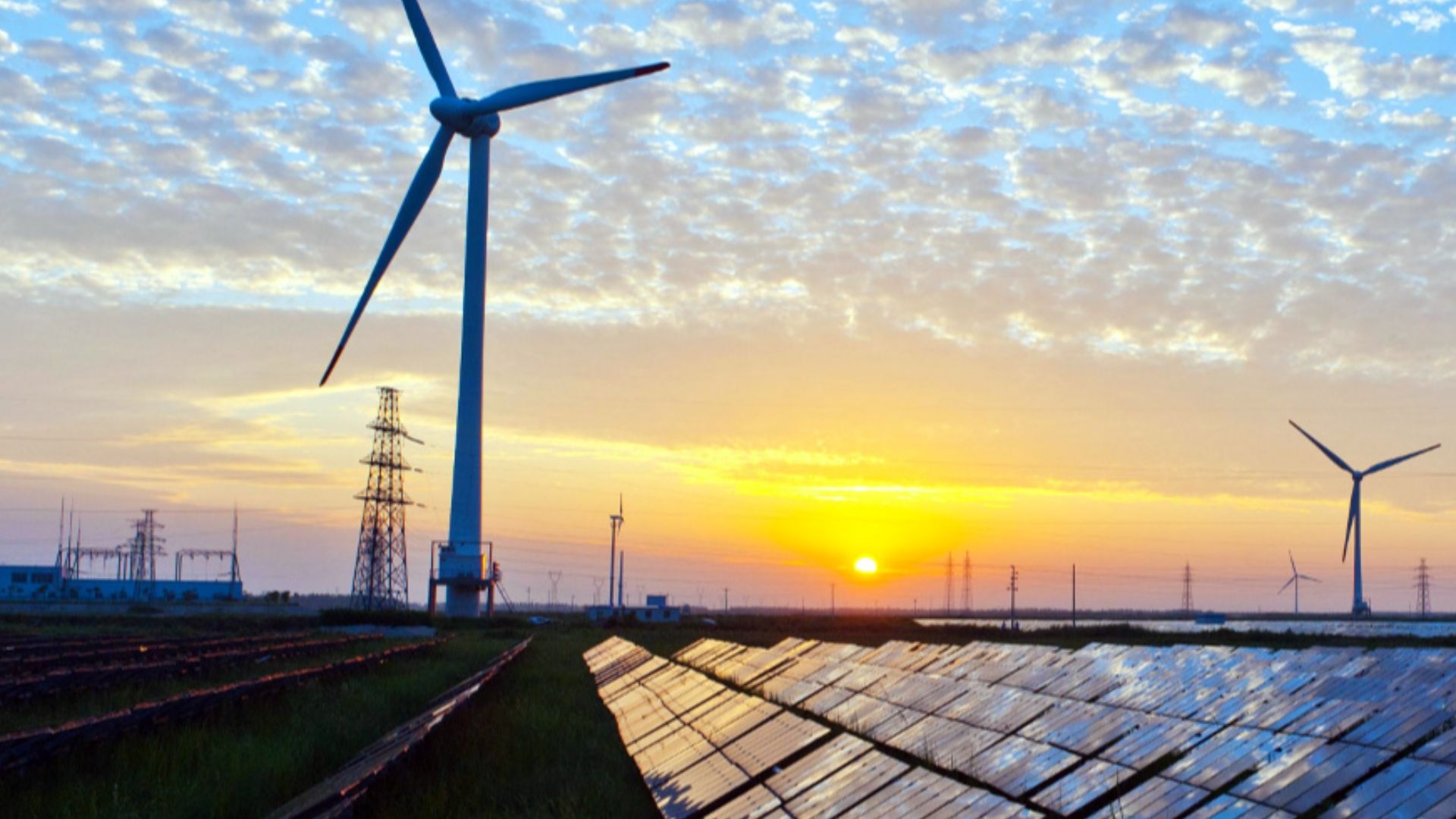Revival Of An Old Promise
For decades, geothermal was an energy sector underachiever; it was geographically limited and capital intensive. What’s different now is that geothermal has finally gained the technological momentum, the regulatory clarity, and financial backing necessary to expand out beyond its traditional strongholds.
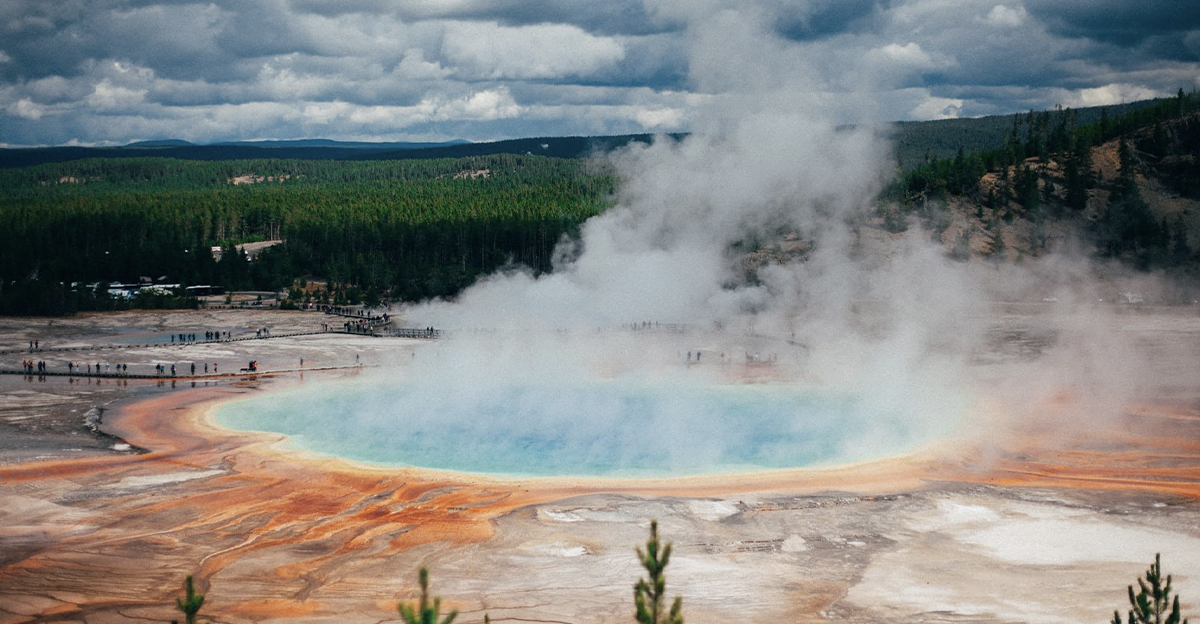
A Changing Energy Market
The world’s appetite for clean, reliable power is still growing all the time, spurred by vehicle electrification, AI data centers, and climate change emissions targets. Geothermal power’s ability to deliver constant, carbon-free baseload electricity has helped it evolve from a curiosity to a serious component of long-term energy planning.
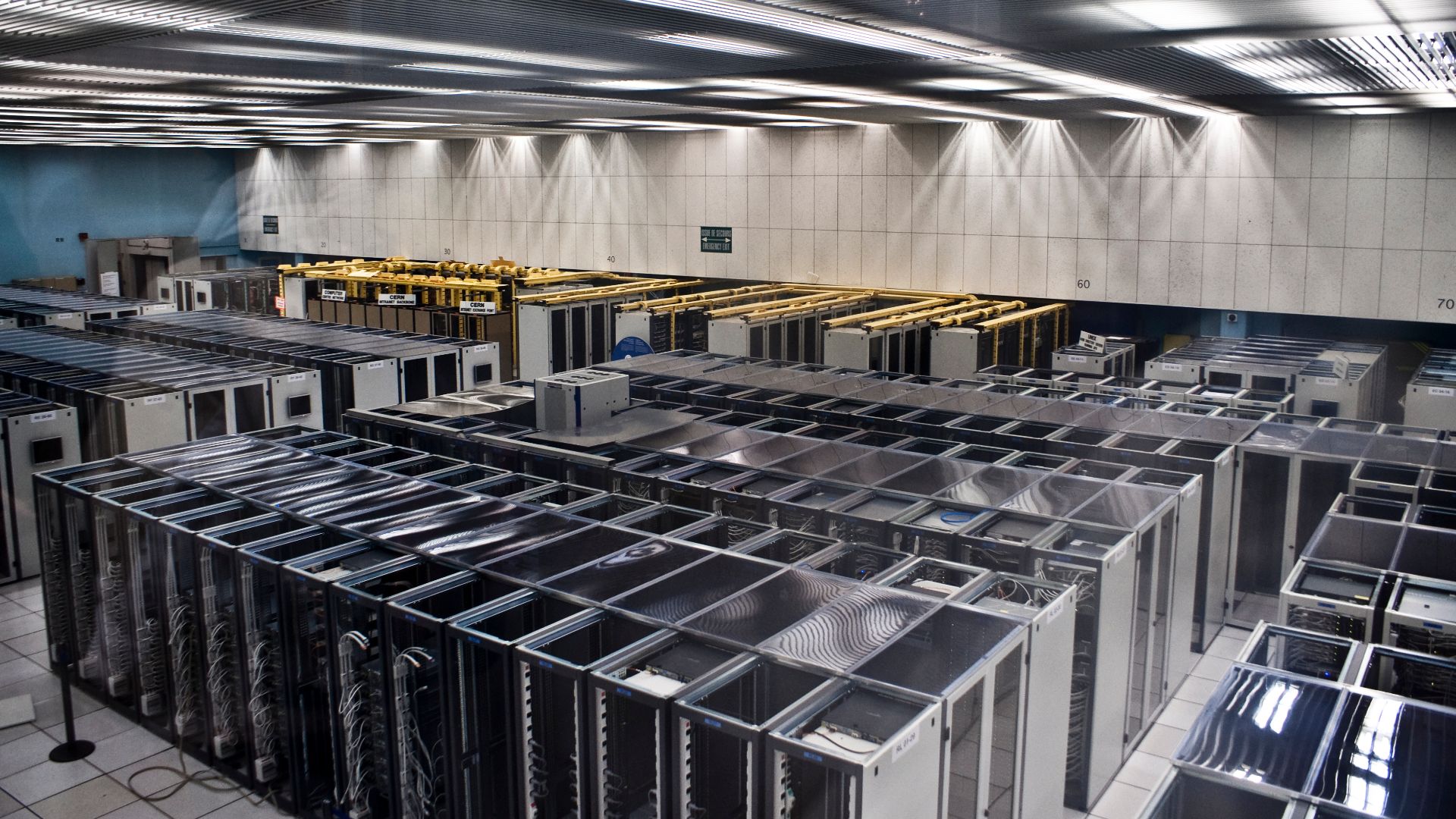 Florian Hirzinger - www.fh-ap.com, Wikimedia Commons
Florian Hirzinger - www.fh-ap.com, Wikimedia Commons
Technology At The Core Of The Shift
Modern breakthroughs in drilling technology, sensors, and reservoir mapping borrowed largely from the oil and gas sector have greatly lowered exploration risk. These innovations mean geothermal energy can now be developed in regions previously considered unsuitable, expanding its potential from volcanic zones into sedimentary basins worldwide.
 Olav Gjerstad, Wikimedia Commons
Olav Gjerstad, Wikimedia Commons
Enhanced And Advanced Geothermal Systems
The rise of Enhanced Geothermal Systems (EGS) and closed-loop models is a major turning point for the industry. By artificially creating or circulating heat reservoirs, engineers can now tap the Earth’s heat almost anywhere, turning theoretical potential into bankable projects.
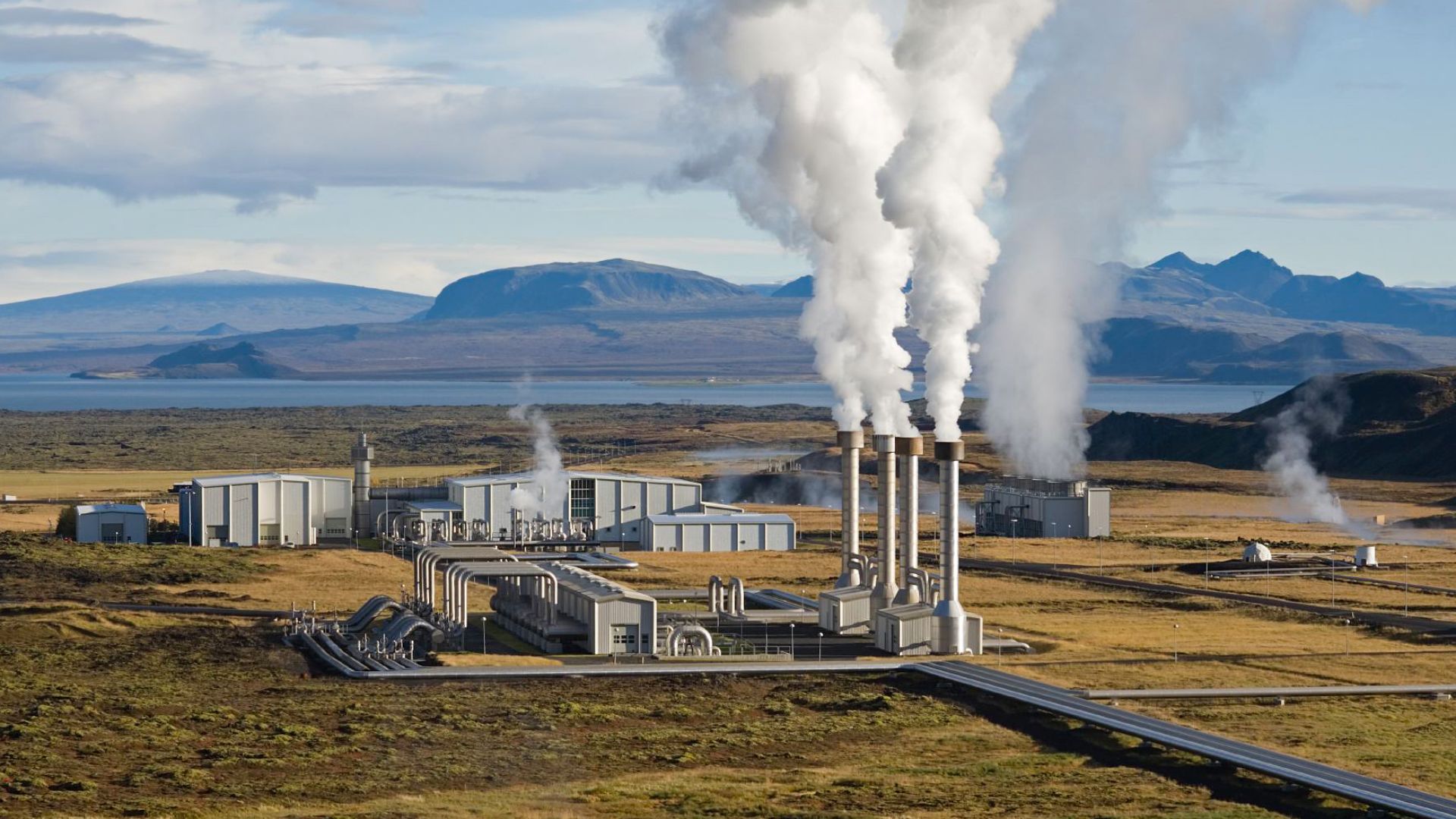 Gretar Ívarsson – Edited by Fir0002, Wikimedia Commons
Gretar Ívarsson – Edited by Fir0002, Wikimedia Commons
Enhanced Geothermal Systems Explained
EGS uses advanced drilling techniques to create artificial reservoirs of hot rock deep underground, where natural hydrothermal resources are scarce. By injecting water into these heated fractures and circulating it back up to the surface, EGS can generate renewable electricity almost anywhere on Earth, greatly expanding geothermal’s geographic potential.
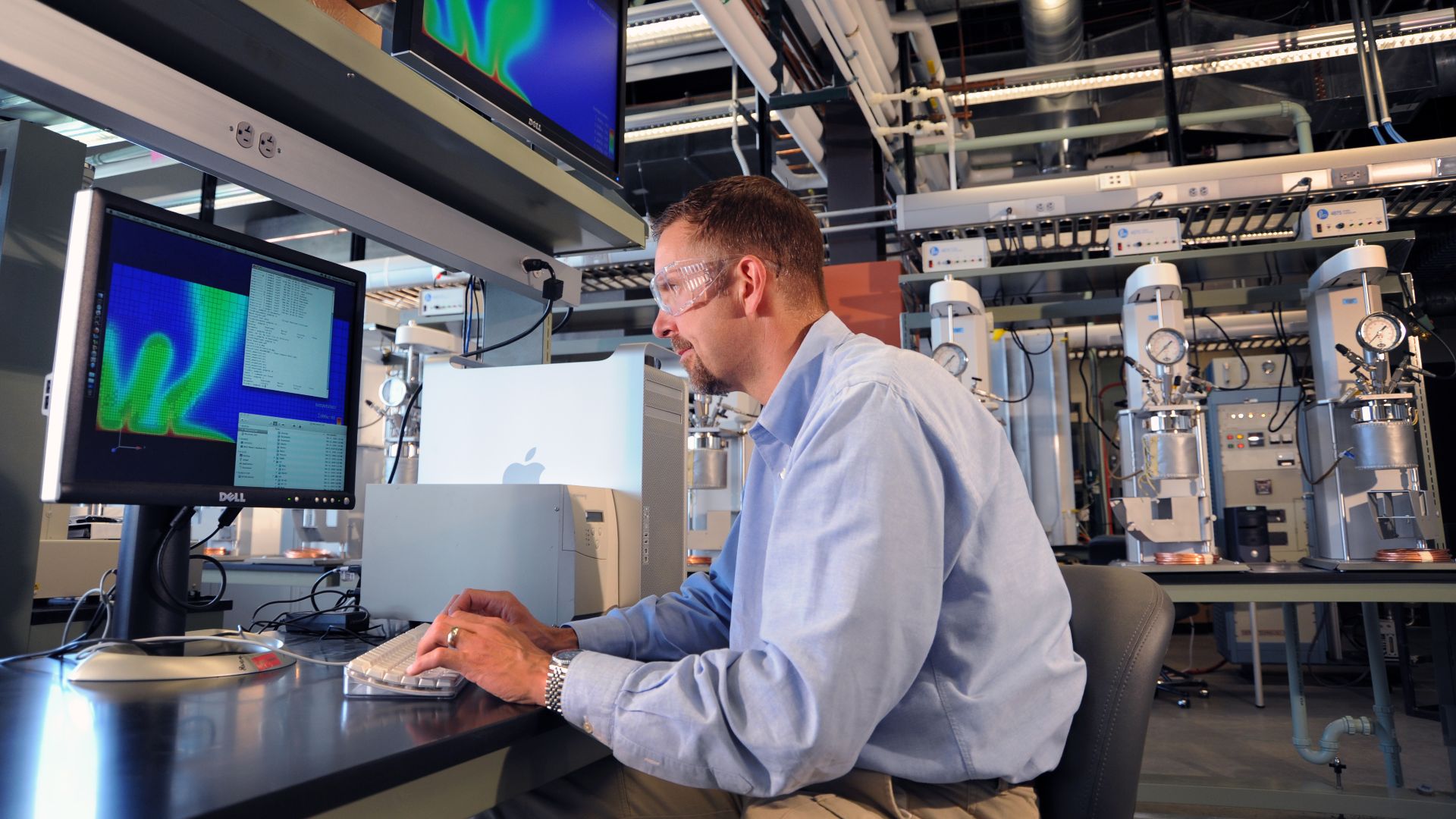 Idaho National Laboratory, Wikimedia Commons
Idaho National Laboratory, Wikimedia Commons
Falling Costs and Rising Competitiveness
The average cost of geothermal energy is falling as drilling efficiency and project scalability get better and better. With costs approaching those of wind and solar, but offering round-the-clock power, geothermal is finally crossing the threshold from experimental to commercially viable.
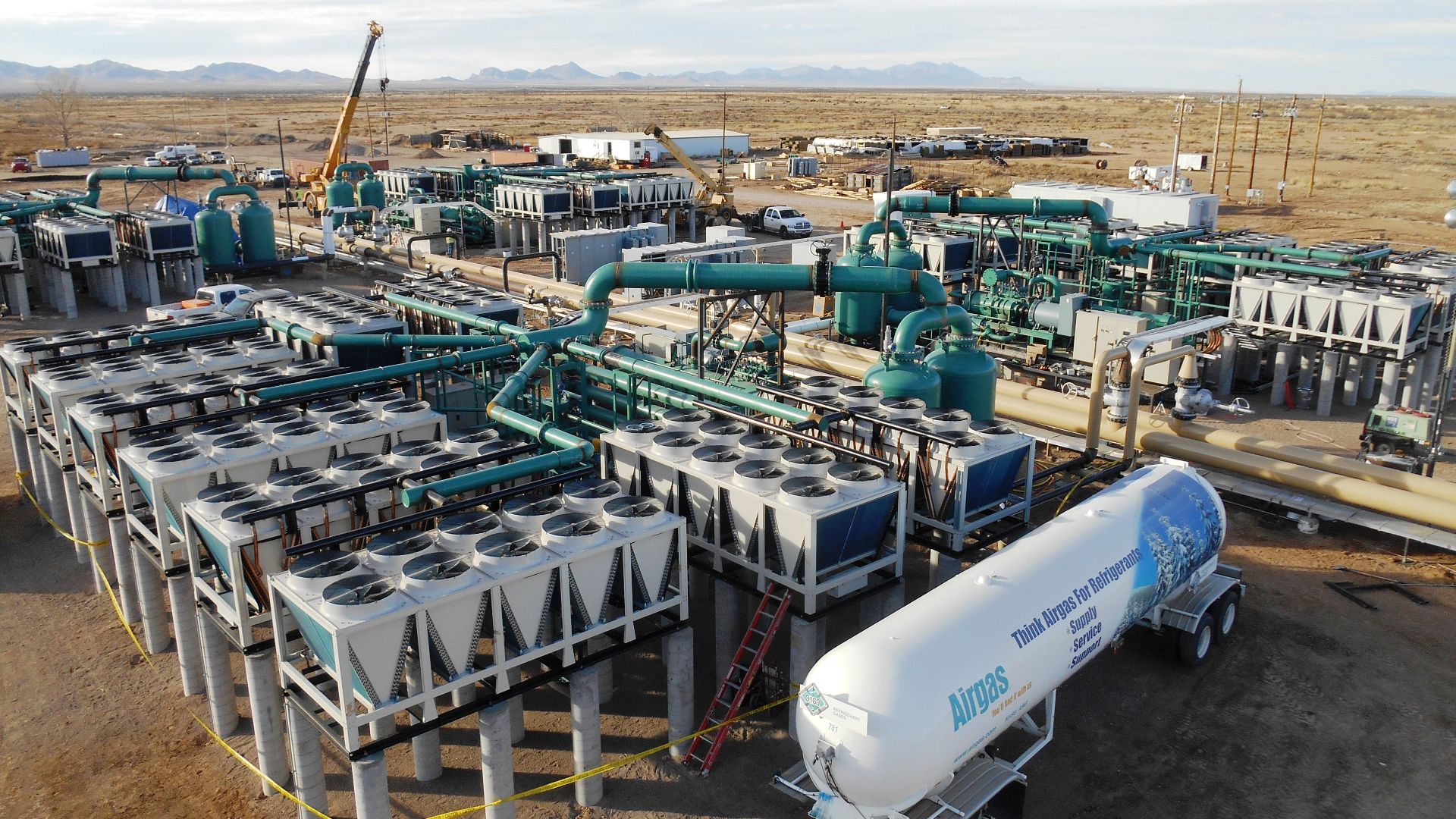 Bureau of Land Management, Wikimedia Commons
Bureau of Land Management, Wikimedia Commons
Corporate Demand Sparks New Growth
Major corporations, especially those in tech and manufacturing, are signing power purchase agreements for geothermal electricity to secure consistent supplies of green energy. This new surge in corporate demand is attracting investors who see geothermal as a dependable, long-term clean-energy revenue stream.
Governments Clear The Regulatory Path
Countries like the United States, Canada, and Germany are quickly pushing their geothermal projects ahead by harmonizing regulations and fast-tracking permits. Supportive policies along with investment tax credits, are helping to blunt the risk of exploration and generate interest from private investors for early-stage project financing.
 US Department of Energy, Wikimedia Commons
US Department of Energy, Wikimedia Commons
Utah’s Breakthrough Moment
In Utah, Fervo Energy’s commercial-scale project has become the latest symbol of geothermal’s modern comeback. Using precision drilling and fiber-optic monitoring, it proves that enhanced geothermal can operate efficiently, safely, and profitably in regions without natural geysers or other volcanic phenomena.
Canada’s Quiet Geothermal Revolution
Canada, long known for its hydroelectric preeminence, is turning out to be a global geothermal innovator. A mix of regulatory reforms, academic research, and private investment is positioning the country as a leader in repurposing existing oil and gas wells for clean heat and geothermal power.
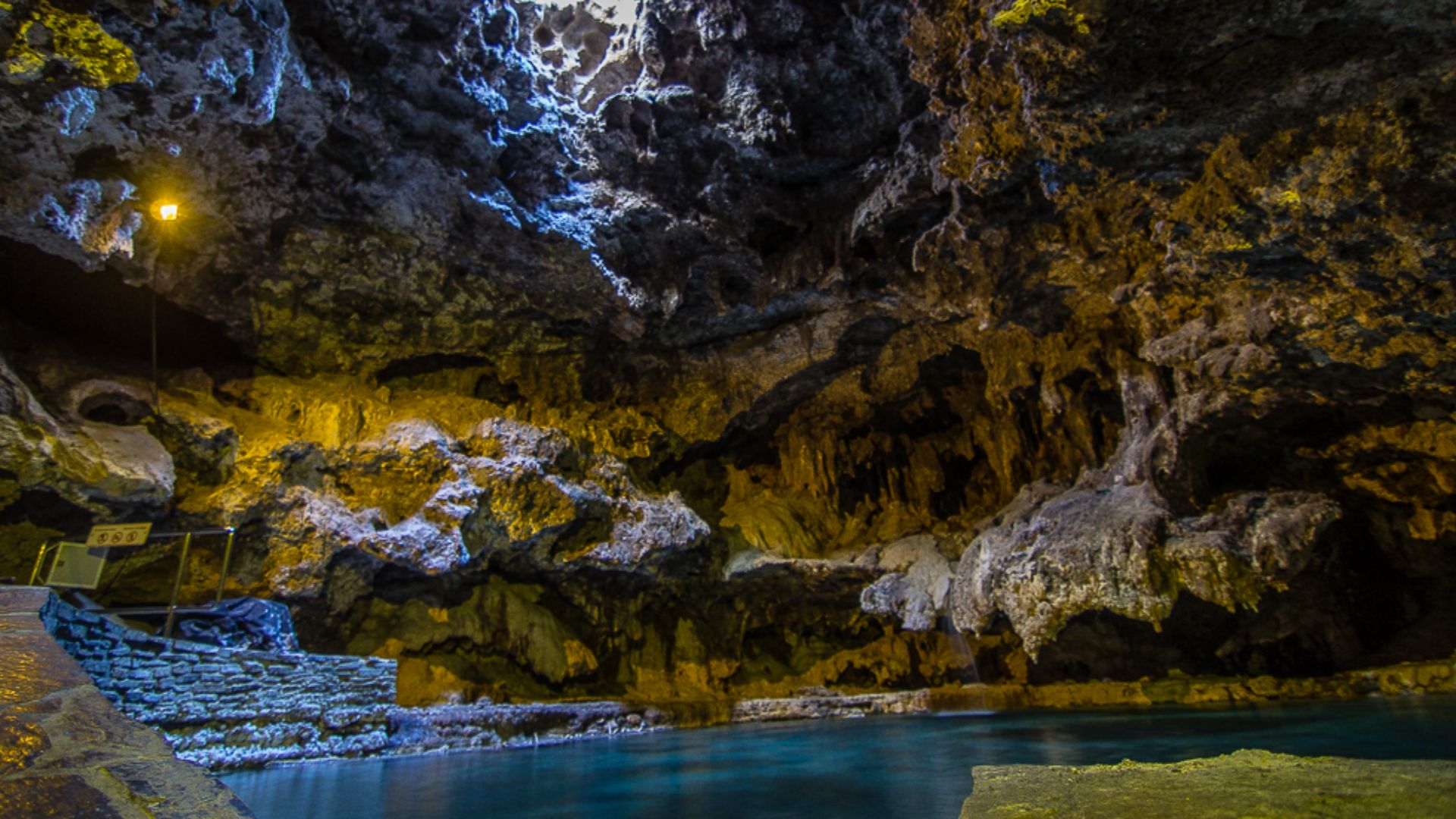 Luke Hooper, Wikimedia Commons
Luke Hooper, Wikimedia Commons
Investors Leading The Charge
Private equity funds, renewable infrastructure groups, and oil majors looking over the next horizon are the main players entering the geothermal space. They’re attracted to the potential for stable returns and the opportunity to diversify their portfolios in a world rapidly moving beyond fossil fuels.
 Carlos Delgado, Wikimedia Commons
Carlos Delgado, Wikimedia Commons
New Business Model For An Old Resource
Developers are experimenting with hybrid projects that combine geothermal with lithium extraction or district heating. These integrated models allow companies to monetize heat, minerals, and power all at the same time, improving profitability while helping communities evolve toward more sustainable energy economies.
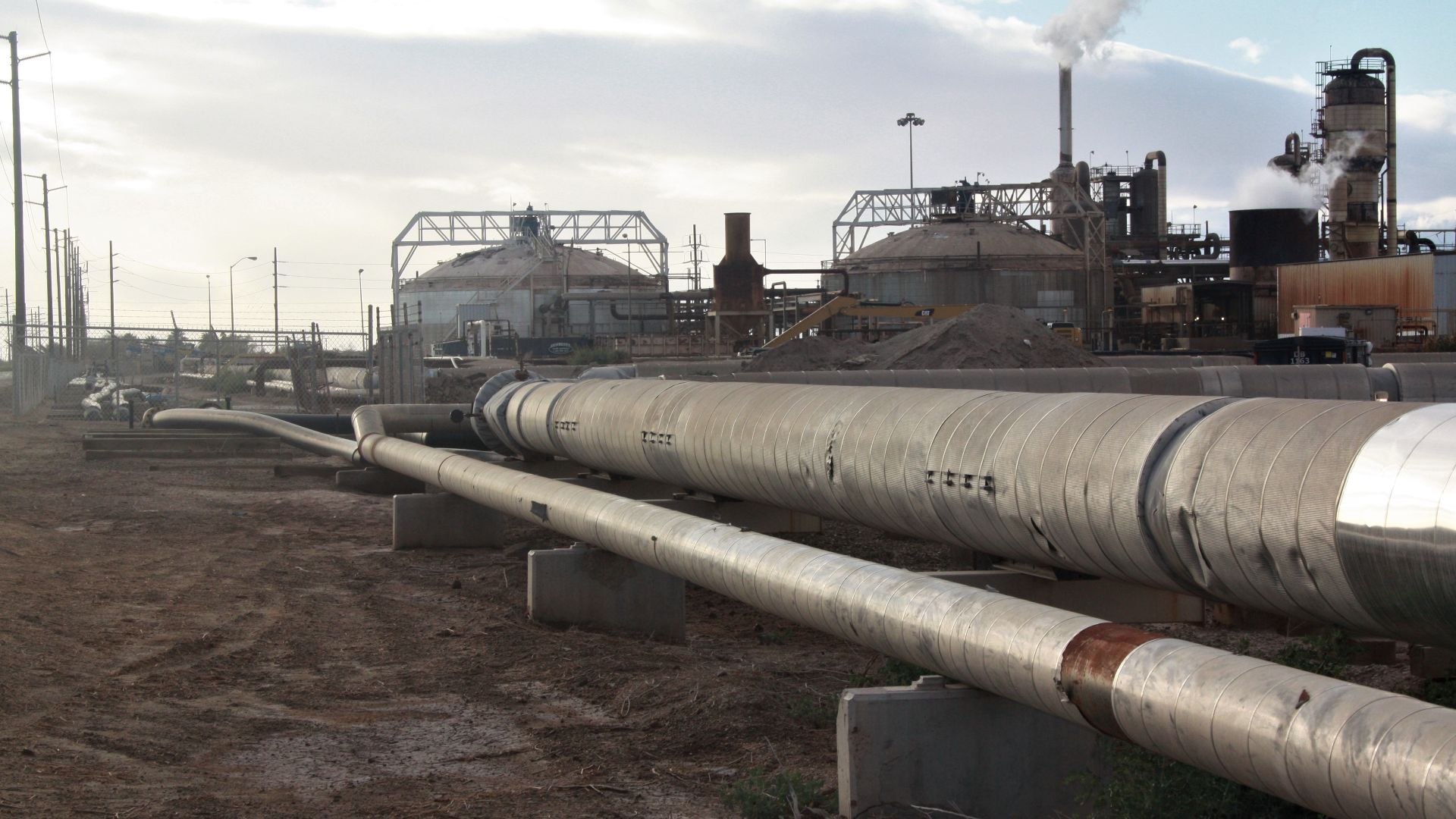 Jack Catalano, Wikimedia Commons
Jack Catalano, Wikimedia Commons
The Oil And Gas Industry’s Second Act
For oil and gas companies, geothermal promises a rare convergence of existing expertise and environmental necessity. Drilling companies can reuse rigs, data, and workforce experience to design and build geothermal plants, which gives a carbon-intensive industry the ability to reinvent itself as part of Planet Earth’s climate solution.
Artificial Intelligence Aids Exploration
AI and machine learning are in maximum use as tools to model subsurface geology and predict promising drilling sites with much better accuracy than before. This cuts down on the guesswork and financial risk that used to make geothermal such a gamble for even the boldest energy investors.
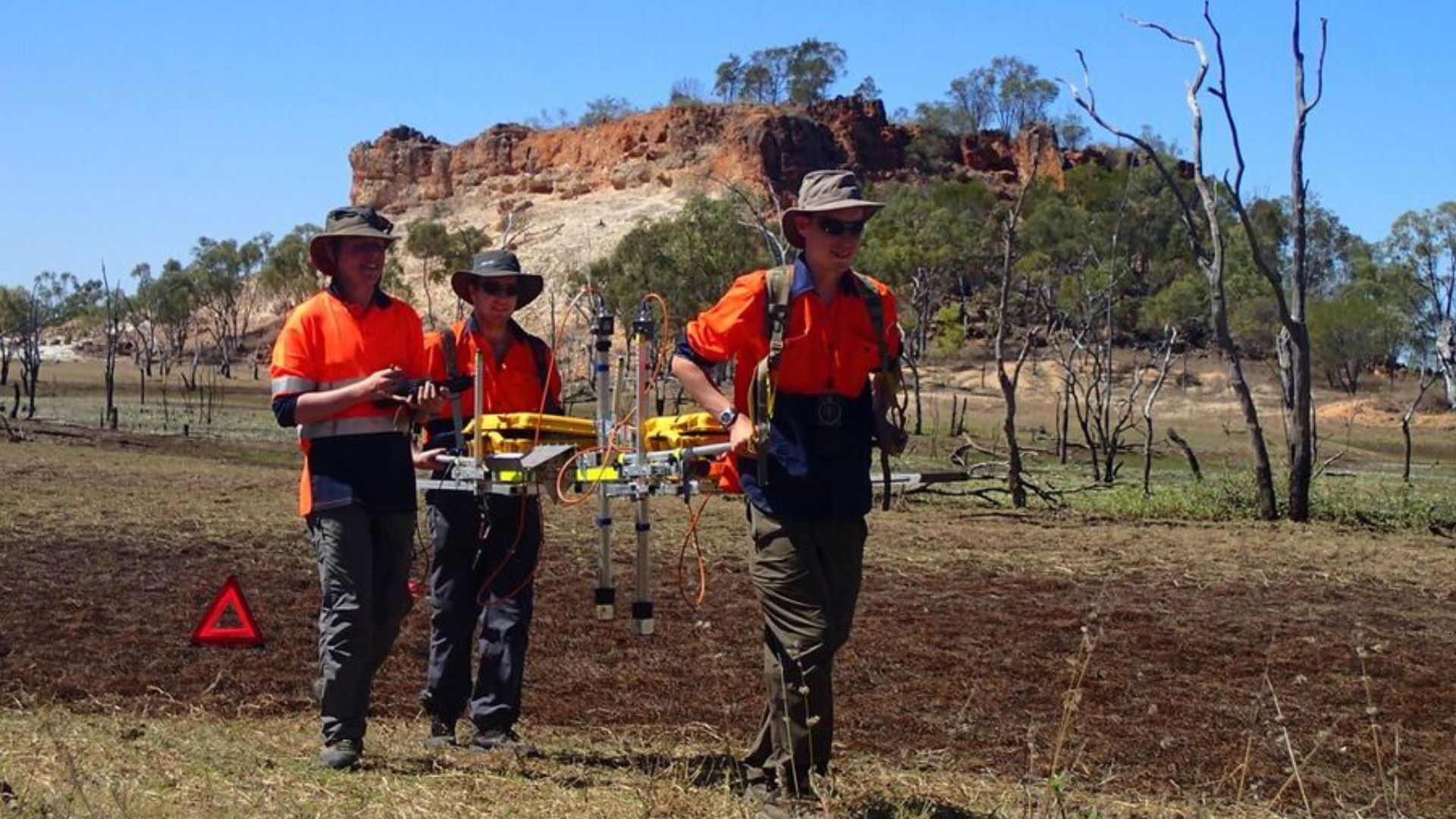 David garju, Wikimedia Commons
David garju, Wikimedia Commons
Risks That Haven’t Gone Away
Despite all this progress, geothermal projects still have high upfront costs and uncertain subsurface performance. A single dry well can sink an investment as an occasional reminder to developers that nature’s heat can be as unpredictable as it is powerful.
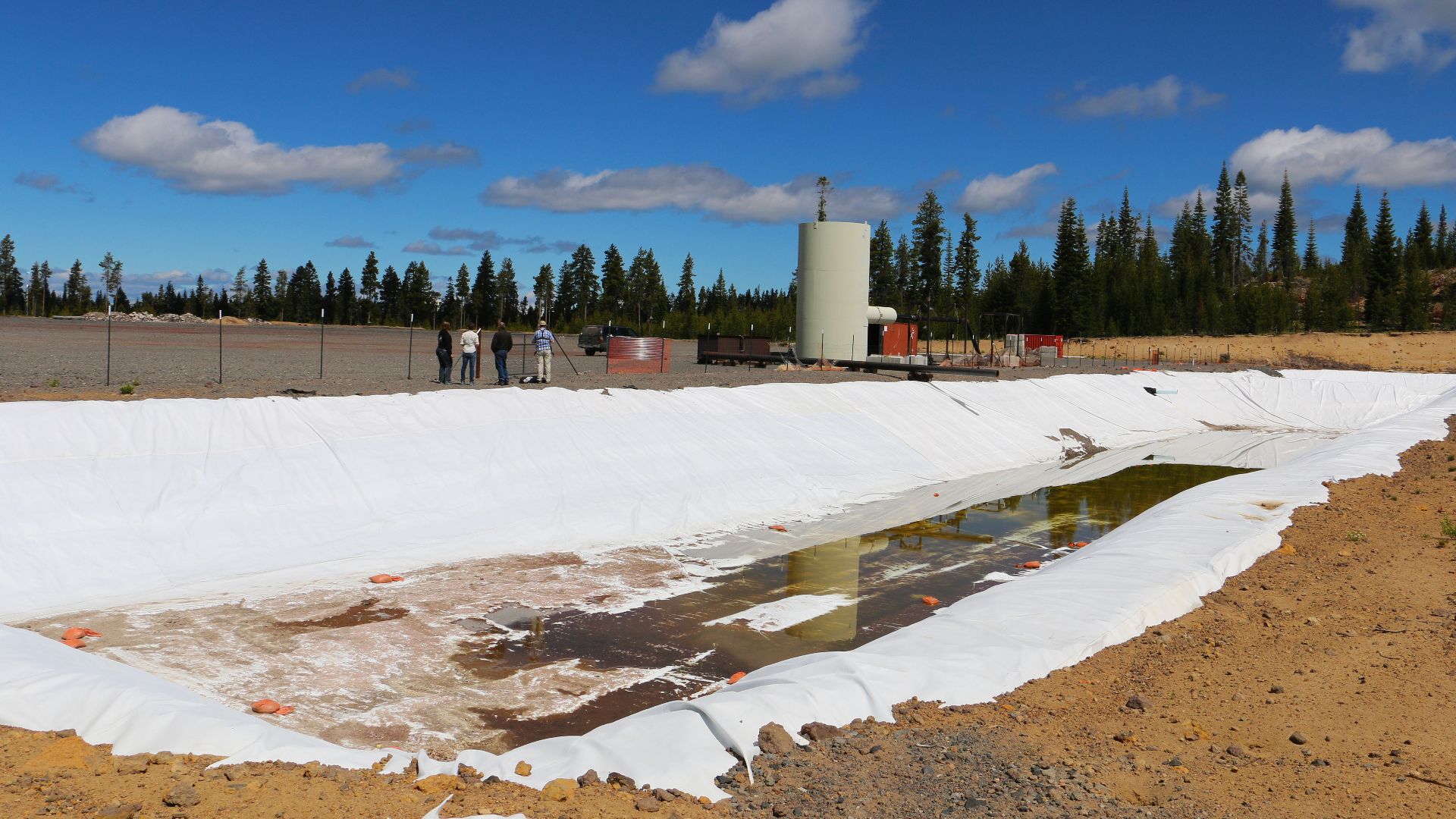 BLM Oregon & Washington, Wikimedia Commons
BLM Oregon & Washington, Wikimedia Commons
Environmental And Seismic Concerns
Enhanced geothermal systems sometimes trigger small seismic events and raise questions about water usage and chemical injection. While modern practices mitigate a lot of those risks, the public’s acceptance of geothermal will ultimately depend on transparency, regulation, and responsible development best practices.
The Challenge of Scaling Up
Global geothermal capacity is growing, but perhaps not nearly fast enough to meet its potential share of the world’s clean-energy mix. Limited drilling equipment, protracted development timelines, and a deficit of trained geologists could hamper the industry’s growth just as the public demand is ramping up.
Lessons from Permitting Delays
Even with the government and public enthusiasm, a lot of projects still flounder in permitting processes designed for fossil fuel development. Streamlining environmental reviews without lessening the safeguards will be a major stumbling block to sustaining momentum and investor confidence in the decade to come.
Geothermal: The Strategic Advantages
Unlike other renewables, geothermal can run 24/7 regardless of weather, providing the stable power supply that the grid needs. This reliability makes it a cornerstone of future energy planning and a potential solution to the volatility of solar and wind energy.
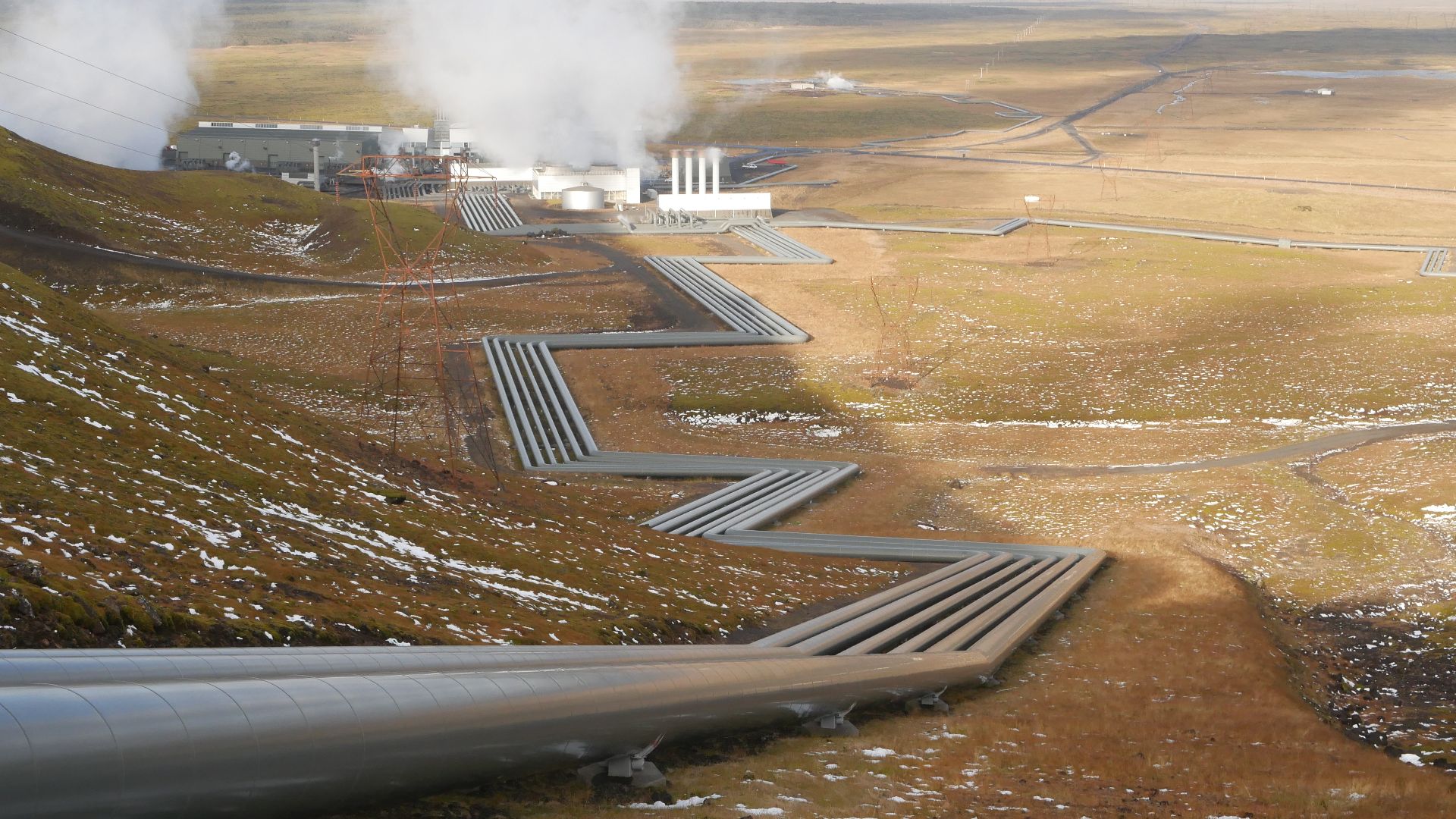 Mathieu Neville, Wikimedia Commons
Mathieu Neville, Wikimedia Commons
The Global Market Outlook
Analysts are forecasting exponential growth in geothermal capacity over the next decade, particularly in North America, East Africa, and Southeast Asia. As capital and government policy get in sync, the sector could develop into a multi-trillion-dollar market supporting thousands of specialized jobs around the world.
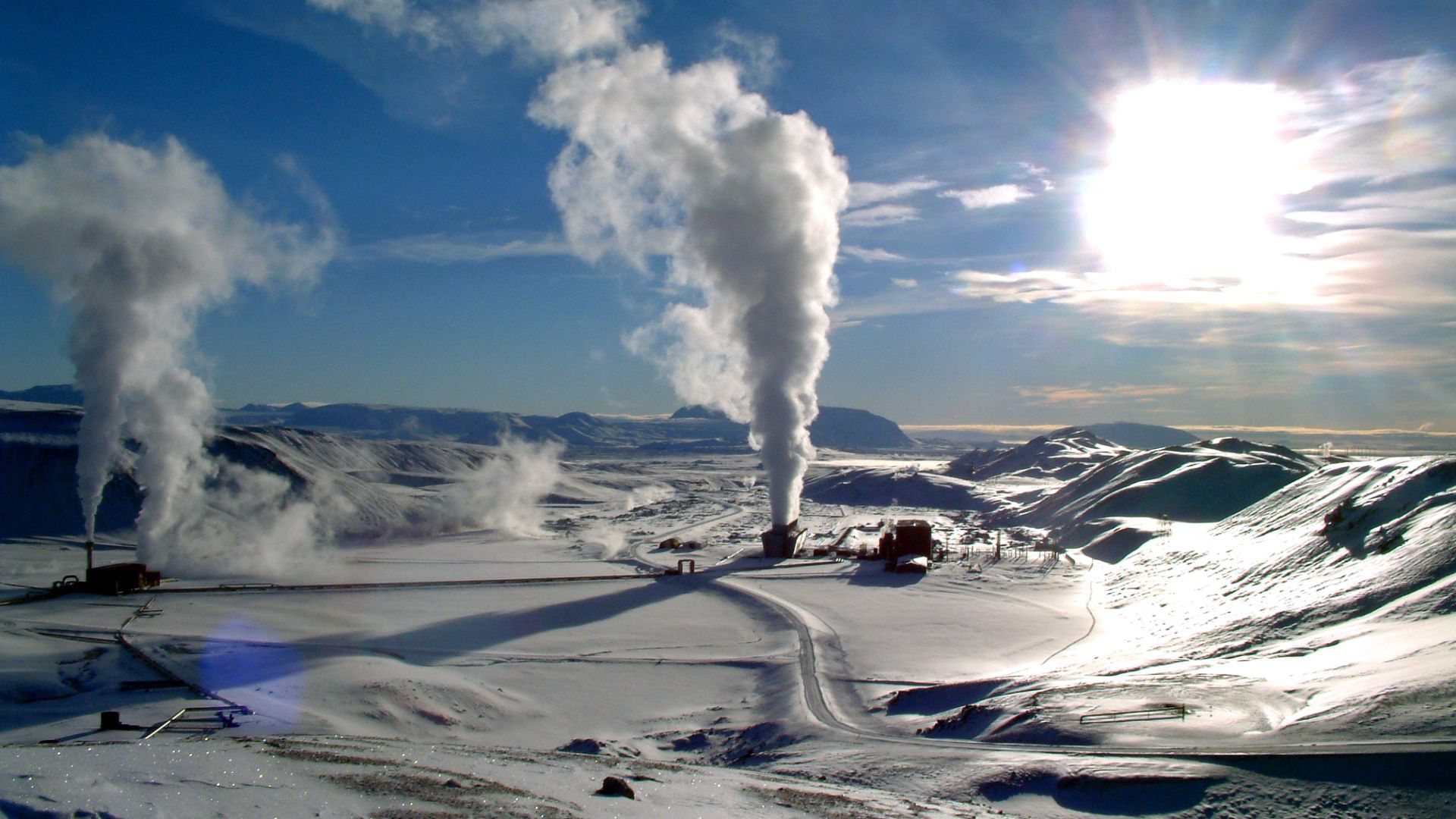 Ásgeir Eggertsson, Wikimedia Commons
Ásgeir Eggertsson, Wikimedia Commons
Benefits To Communities
Aside from electricity, geothermal energy provides direct heating for homes, industries, and agriculture. Its distributed nature means that rural and remote areas can benefit from sustainable job opportunities and energy independence while lowering greenhouse gas emissions.
Investment: The Emerging Playbook
Smart investors are seeking out early-stage companies developing scalable drilling tech; they’re also looking for utilities that are trying to integrate geothermal into mixed renewable portfolios. The focus is turning from speculative startups to steady, revenue-producing infrastructure assets that can underpin long-term ESG portfolios.
 Ken Lund from Reno, Nevada, USA, Wikimedia Commons
Ken Lund from Reno, Nevada, USA, Wikimedia Commons
Challenges To Overcome
Some key questions still remain: Can the technology be scaled up without causing environmental backlash? Will cost decreases continue as projects expand? These uncertainties make geothermal exciting but by no means risk-free, requiring patient investors and thoughtful regulation.
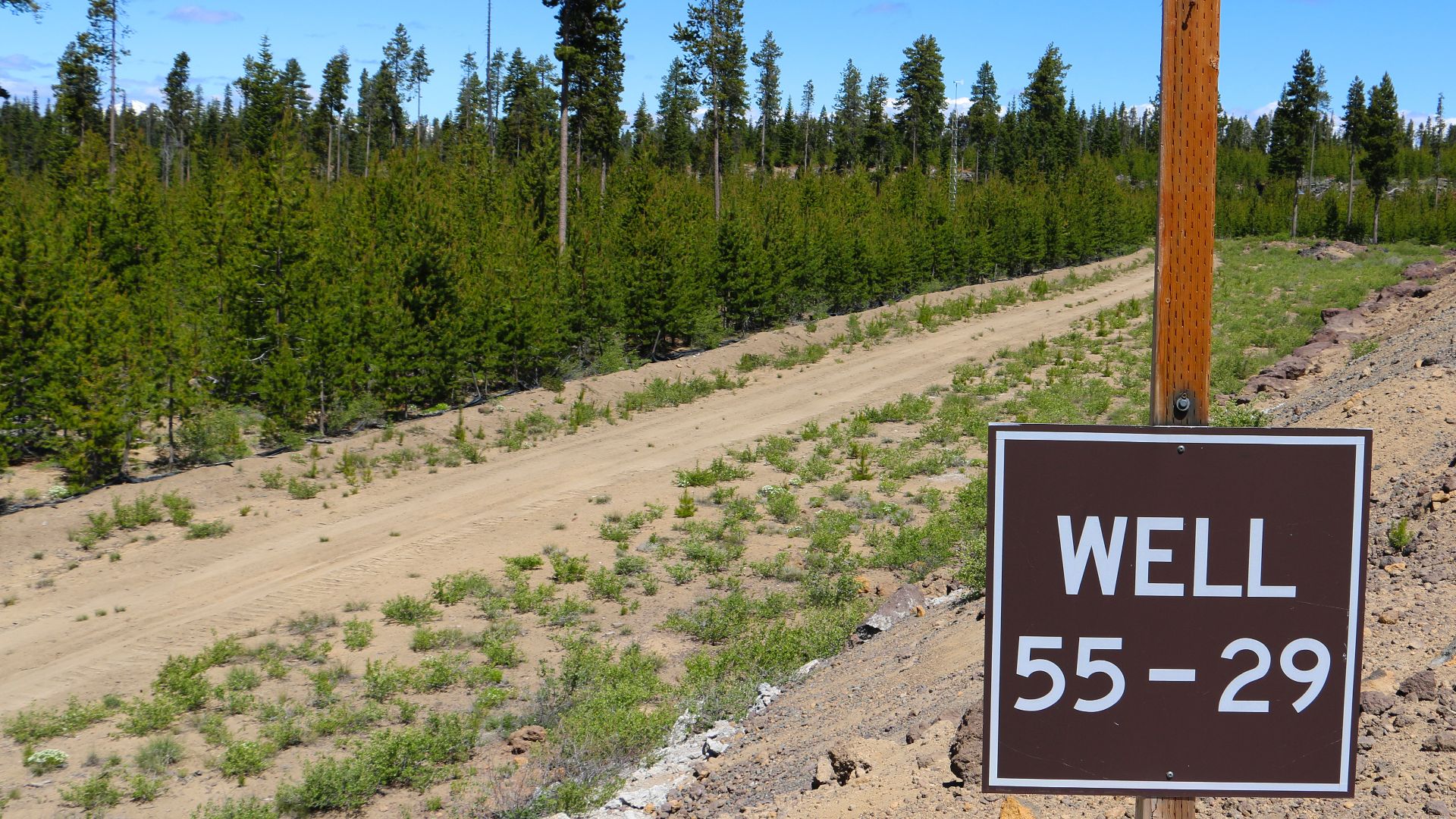 Bureau of Land Management Oregon and Washington from Portland, America, Wikimedia Commons
Bureau of Land Management Oregon and Washington from Portland, America, Wikimedia Commons
Why 2025 Is A Turning Point
The convergence of technology, policy, and climate urgency has given geothermal energy the breakout moment it’s been waiting for all these years. What was once an overlooked niche is turning into an essential pillar of the clean-energy transition, backed by serious money and political will.
A Bright Future On The Horizon
Geothermal energy’s renaissance still faces challenges and setbacks, but its fundamentals are stronger than they’ve ever been. As investors, engineers, and governments continue to press the issue, the heat beneath our feet could be the giant leap we need to create a sustainable century.
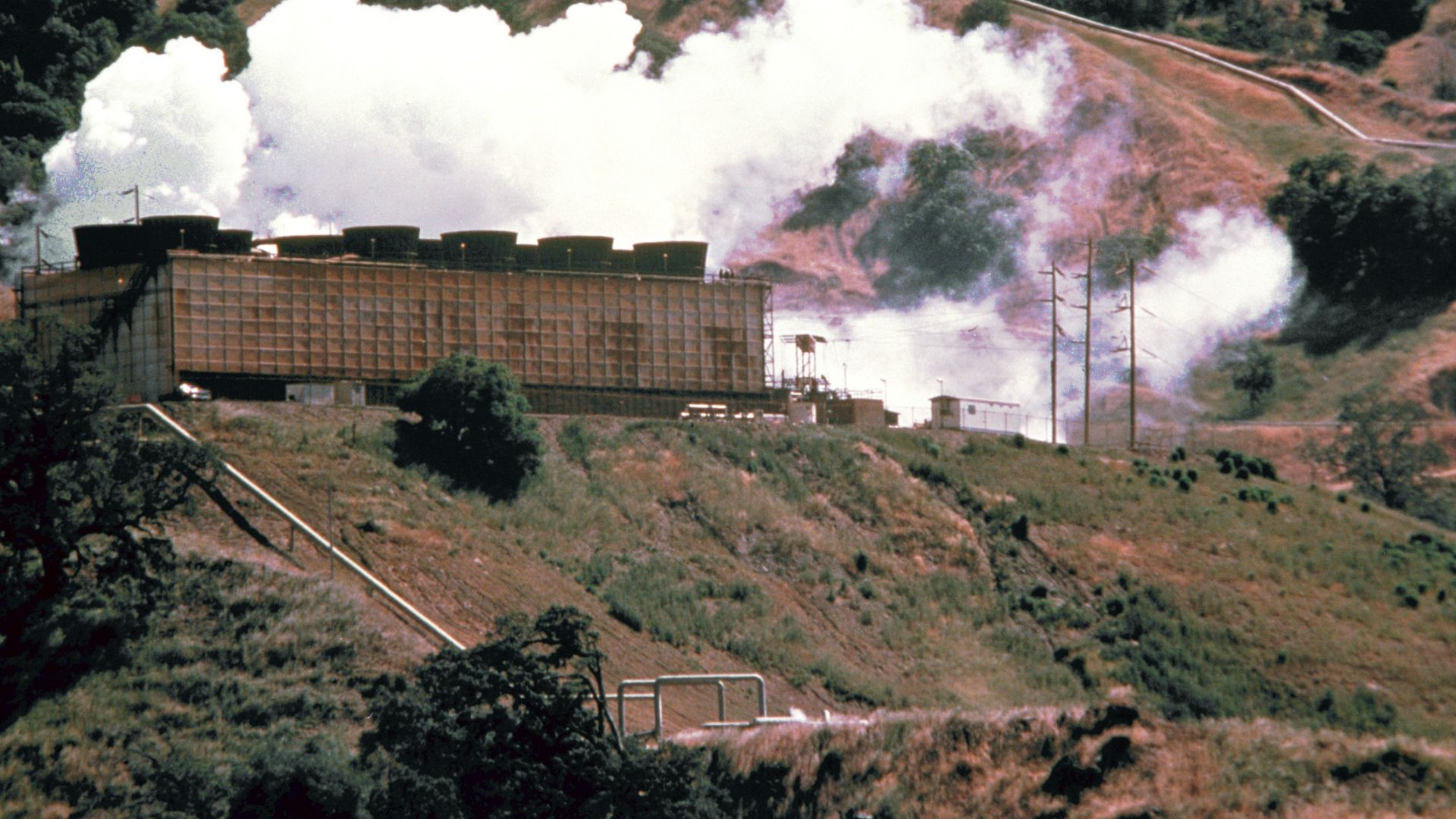 Unknown author, Wikimedia Commons
Unknown author, Wikimedia Commons
You May Also Like:
This Start-Up Produces Clean, Drinkable Water Out Of Thin Air
Enron: The Anatomy Of A Fiasco

